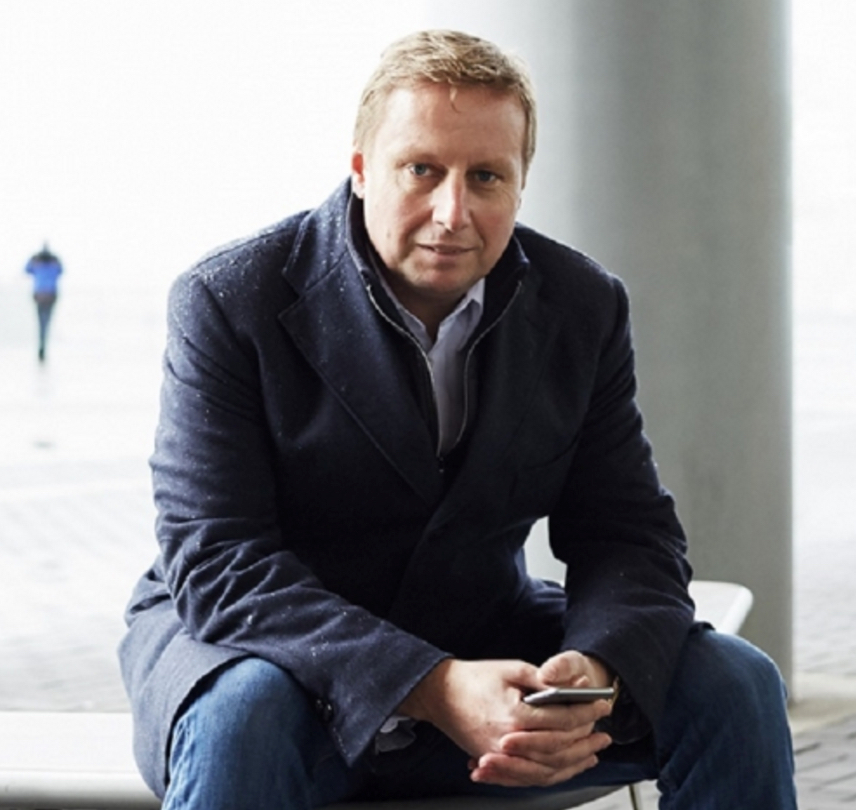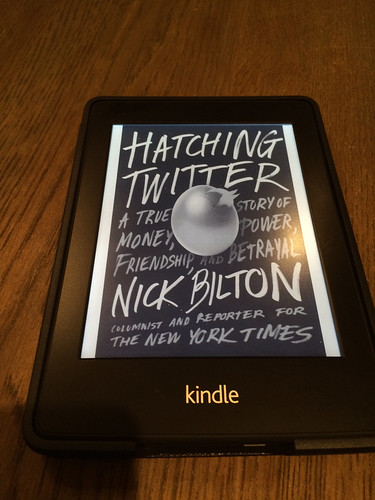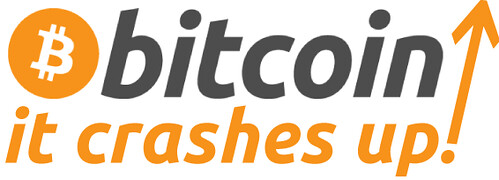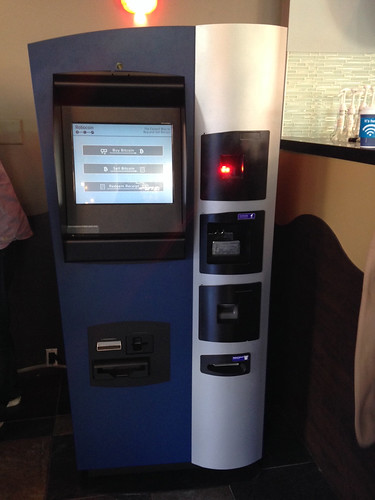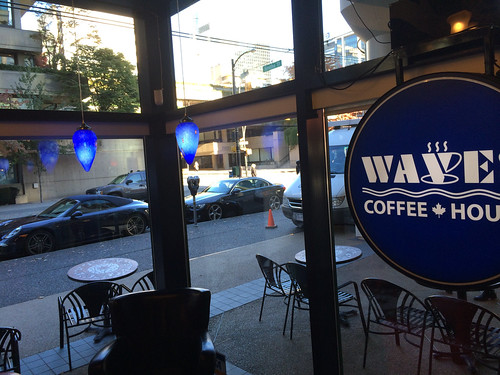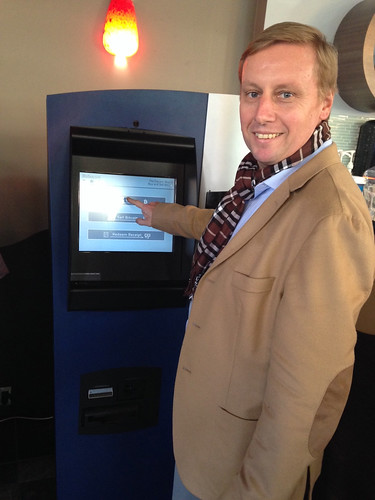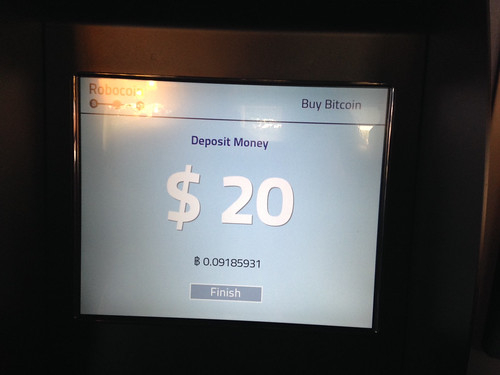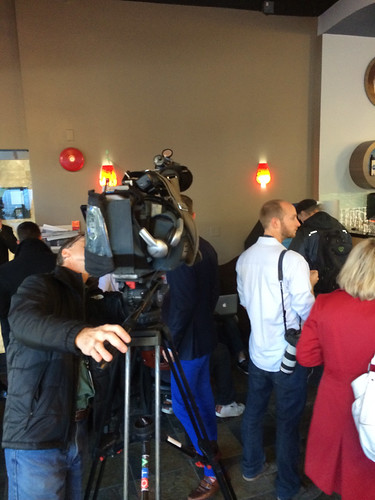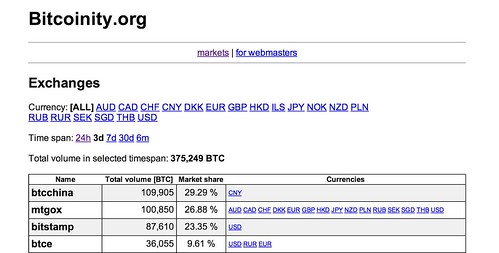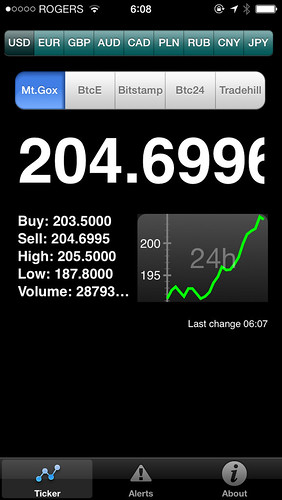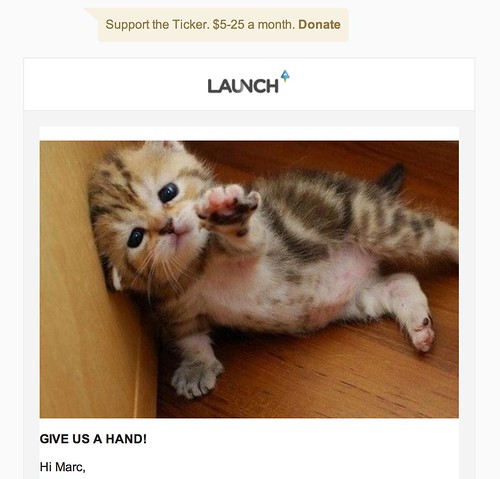Last week Twitter went public on the New York Stock Exchange and its IPO was considered a success with a large pop on the first day of trading. Because of US Securities and Exchange Commission (SEC) rules there is always a quiet period around an IPO, meaning that companies can’t talk publicly about their business. ‘Coincidentally’ 2 days before the IPO the book “Hatching Twitter: A True Story of Money, Power, Friendship and Betrayel” came out. Of course I don’t believe in this kind of coincidences and think it was a smart marketing move by the company to create extra publicity for the stock.
I have been following Twitter from its early days and was an early adopter of the platform (originally with username @marcvanderchijs, later I changed to @chijs). Although Twitter has changed a lot over the years I am still on it, although not as much as in the early days. So when I saw that this book was coming out I pre-ordered it right away and finished it last night.
It’s a great read, but I did not realize that Twitter had been in such a mess for the first 5 years of its existence. Every start-up has its ups and downs, but at Twitter nobody seemed to be in control. The outside world did not really see this, but this book tells it all. It must have been hard to have been an investor in Twitter and see that your millions are at risk because the founders were simply incapable of running the company.
Before reading the book I sort of admired the Twitter founders Jack Dorsey, Biz Stone and Ev Williams. They ran a company called Odeo back in 2005, of which I was a user. Odeo did something very similar to the original idea of Tudou: audio podcasts. I still remember reading about Odeo on the front page of the New York Times, about 2 months before the public launch of Tudou, thinking that they were on the wrong track. At that time Tudou had already made the switch away from audio to video, but Odeo still needed a year to figure out a new business model, which turned out to be Twitter.
I especially liked Jack Dorsey, he seemed to be a second Steve Jobs. However, after reading Hatching Twitter I realize he would like to be the new Steve Jobs (and therefore he copies many things that Steve did), but he is far from it. He almost ran the company into the ground, did not listen to his co-founders and later successfully managed to get his former friend Ev fired as CEO. Although getting Ev fired may have been a good thing (Ev also wasn’t the best person to run a company like Twitter), generally Jack seems to be an unfriendly, egoistic person. But he is a new billionaire now, so he probably doesn’t care.
It’s actually a miracle that Twitter survived its first years. Only because the product was so good and grew virally they managed to stay alive, and to eventually grow into one of the largest web companies in the world. This book shows the inside story about the company: how did the founders get the idea, how did they get started and how did they get to where they are now.
I loved to read it and would recommend it to anybody who is involved in an Internet start-up or who would like to do one one day. It’s a 300-page book that’s easy to read, and you can probably finish it in one evening.
